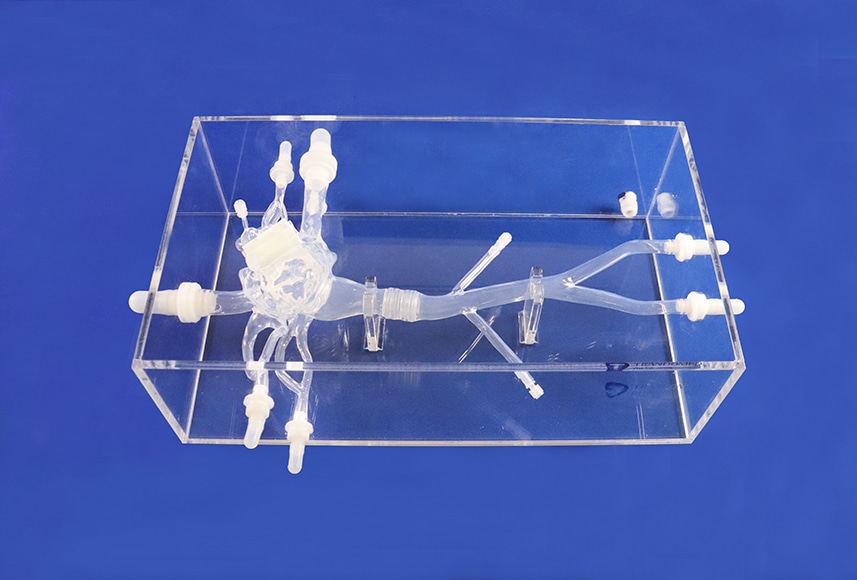
#Industry News
Cardiac Vein with ASD
Cardiac Vein With ASD I
Introduction
Atrial septal defect (ASD) is a congenital heart condition in which there is an abnormal opening in the atrial septum, the wall that separates the heart’s upper chambers (atria). This opening allows the mixing of oxygenated and deoxygenated blood, leading to various complications. In some cases, ASD can be associated with a unique anatomical variation known as a cardiac vein with ASD. This article explores the implications of a cardiac vein with ASD and highlights the innovative treatment approaches available in the medical industry.
Understanding Cardiac Vein with ASD
In individuals with a cardiac vein with ASD, the abnormal communication between the atria occurs not only through the atrial septum but also via a cardiac vein. The cardiac vein is a vessel that carries deoxygenated blood from the heart muscle to the right atrium. The presence of an ASD in conjunction with this abnormal connection can result in additional challenges and potential complications.
Implications and Complications
Shunting and Hemodynamic Instability
The combination of a cardiac vein with ASD can create an additional pathway for blood to flow between the atria, known as intracardiac shunting. This leads to increased blood volume in the right atrium and right ventricle, potentially causing strain on the heart and leading to hemodynamic instability.
Pulmonary Overload
With the increased shunting of blood, there is a risk of pulmonary overload. The excess blood volume reaching the right side of the heart can place a burden on the pulmonary vasculature, potentially causing pulmonary hypertension and other respiratory complications.
Paradoxical Embolism
A cardiac vein with ASD can increase the risk of paradoxical embolism. This occurs when a blood clot or other debris from the venous circulation crosses the abnormal connection between the atria and travels to the systemic circulation, potentially leading to serious complications like stroke.
Innovative Treatment Approaches
Device Closure
The primary treatment approach for cardiac vein with ASD is transcatheter closure using an occlusion device. This minimally invasive procedure involves the insertion of a catheter through a blood vessel, guiding a device to the defect site to close the opening. Occluder devices, made of biocompatible materials, are positioned to seal both the atrial septal defect and the abnormal connection in the cardiac vein. This procedure effectively eliminates the shunting of blood and reduces the associated complications.
Combined Surgical and Catheter-Based Intervention
In certain cases where the cardiac vein with ASD is complex or difficult to access, a combined approach involving both surgical and catheter-based intervention may be necessary. The surgical procedure involves direct visualization and closure of the cardiac vein defect, while the transcatheter closure is used for the ASD. This multidisciplinary approach ensures comprehensive treatment and optimal outcomes.
Follow-up and Monitoring
After treatment, regular follow-up appointments and monitoring are crucial to evaluate the success of the intervention and assess any potential complications. Echocardiography and other imaging modalities are employed to assess the closure device’s effectiveness, measure any residual shunting, and monitor cardiac function.
Conclusion
Cardiac vein with ASD presents unique challenges in the management of atrial septal defects. However, advancements in minimally invasive techniques, such as transcatheter closure, have revolutionized treatment options for this condition. The ability to precisely target and seal the abnormal communication in both the atrial septum and the cardiac vein significantly reduces complications associated with shunting.





